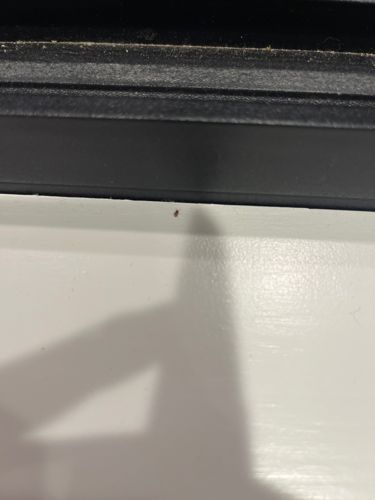Fungus Gnat
Scientific Name: Bradysia spp., Sciara spp., Mycohiophila spp.
Order & Family: Order Diptera, Family Sciaridae (dark-winged fungus gnats), Mycetophilidae (true fungus gnats), or Bolitophilidae
Size: 2-8 mm (adults), larvae up to 6 mm

Natural Habitat
Damp, organic-rich environments such as potting soil of houseplants, greenhouses, compost piles, and areas with decaying plant matter. They thrive in high humidity.
Diet & Feeding
Adult fungus gnats typically do not feed or feed on liquids like nectar. Larvae feed on fungi, decaying organic matter, and plant roots, especially fine root hairs of seedlings and young plants.
Behavior Patterns
Adults are weak, erratic fliers, often seen hovering over potted plants or crawling on soil surfaces. They are attracted to light and moisture. Females lay eggs in moist soil. Larvae develop in the soil, feeding before pupating and emerging as adults. Their life cycle from egg to adult is relatively short (around 3-4 weeks), allowing for rapid population growth in favorable conditions.
Risks & Benefits
Potential risks: Larvae can damage plant roots, especially in seedlings and young plants, leading to wilting, stunted growth, and even plant death in severe infestations. They can also be a nuisance indoors. Benefits: In certain ecosystems, they can contribute to the decomposition of organic matter, acting as detritivores. However, in a horticultural or home setting, their risks often outweigh any perceived benefits.
Identified on: 9/26/2025